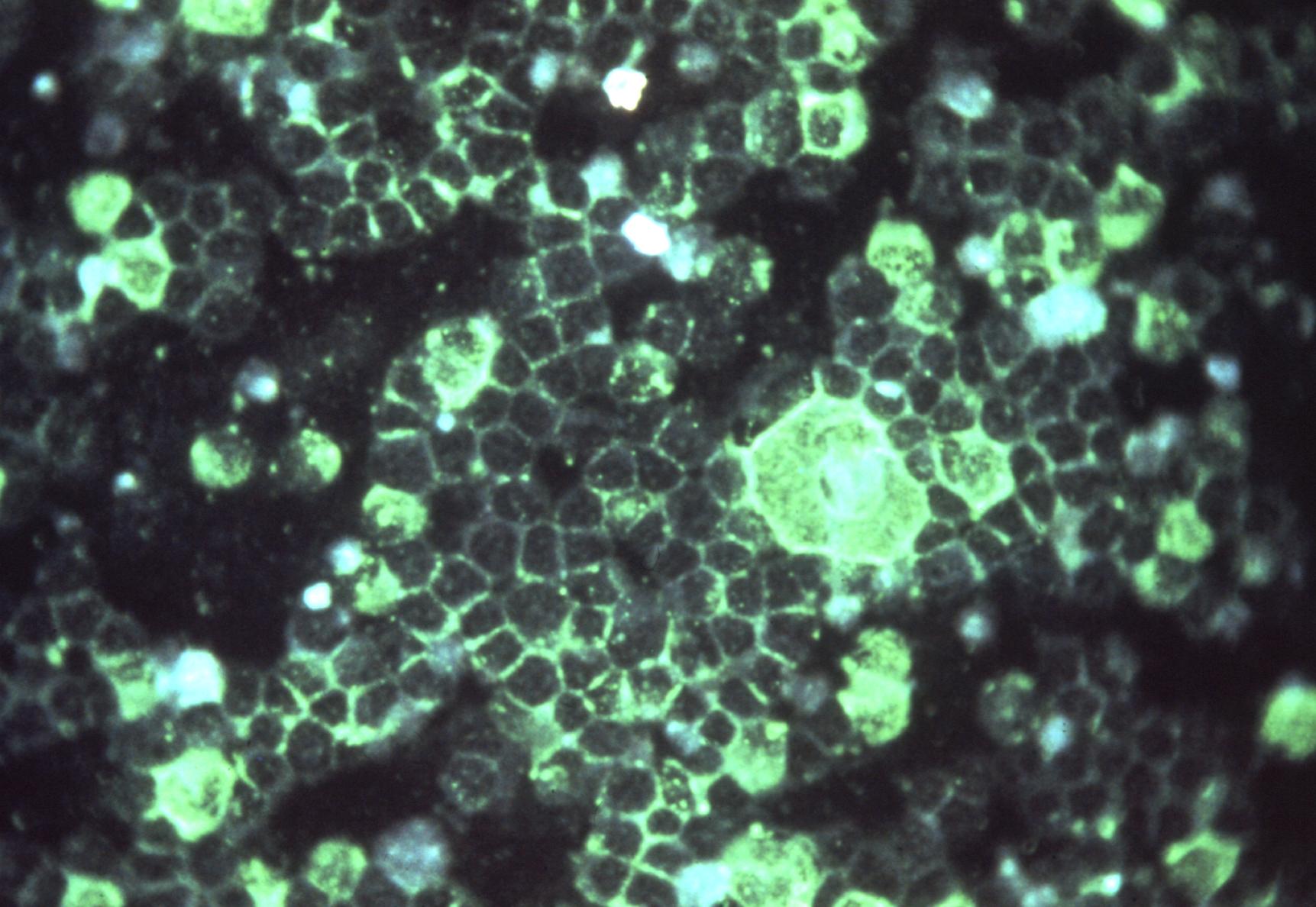Removal of the N-glycosylation sequon at position N116 located in P27 of the respiratory syncytial virus fusion protein elicits enhanced antibody responses after DNA immunization
Prevention of severe lower respiratory tract infections in infants caused by the human respiratory syncytial virus (hRSV) remains a major public health priority. Currently, the major focus of vaccine development relies on the RSV fusion (F) protein since it is the main target protein for neutralizing antibodies induced by natural infection. The protein conserves 5 N-glycosylation sites, two of which are located in the F2 subunit (N27 and N70), one in the F1 subunit (N500) and two in the p27 peptide (N116 and N126). To study the influence of the loss of one or more N-glycosylation sites on RSV F immunogenicity, BALB/c mice were immunized with plasmids encoding RSV F glycomutants. In comparison with F WT DNA immunized mice, higher neutralizing titres were observed following immunization with F N116Q. Moreover, RSV A2-K-line19F challenge of mice that had been immunized with mutant F N116Q DNA was associated with lower RSV RNA levels compared with those in challenged WT F DNA immunized animals. Since p27 is assumed to be post-translationally released after cleavage and thus not present on the mature RSV F protein, it remains to be elucidated how deletion of this glycan can contribute to enhanced antibody responses and protection upon challenge. These findings provide new insights to improve the immunogenicity of RSV F in potential vaccine candidates

